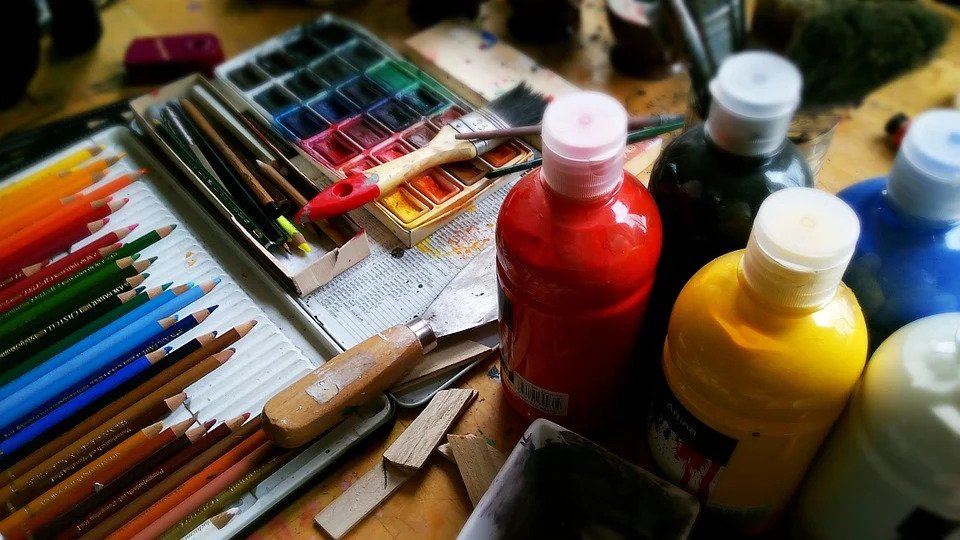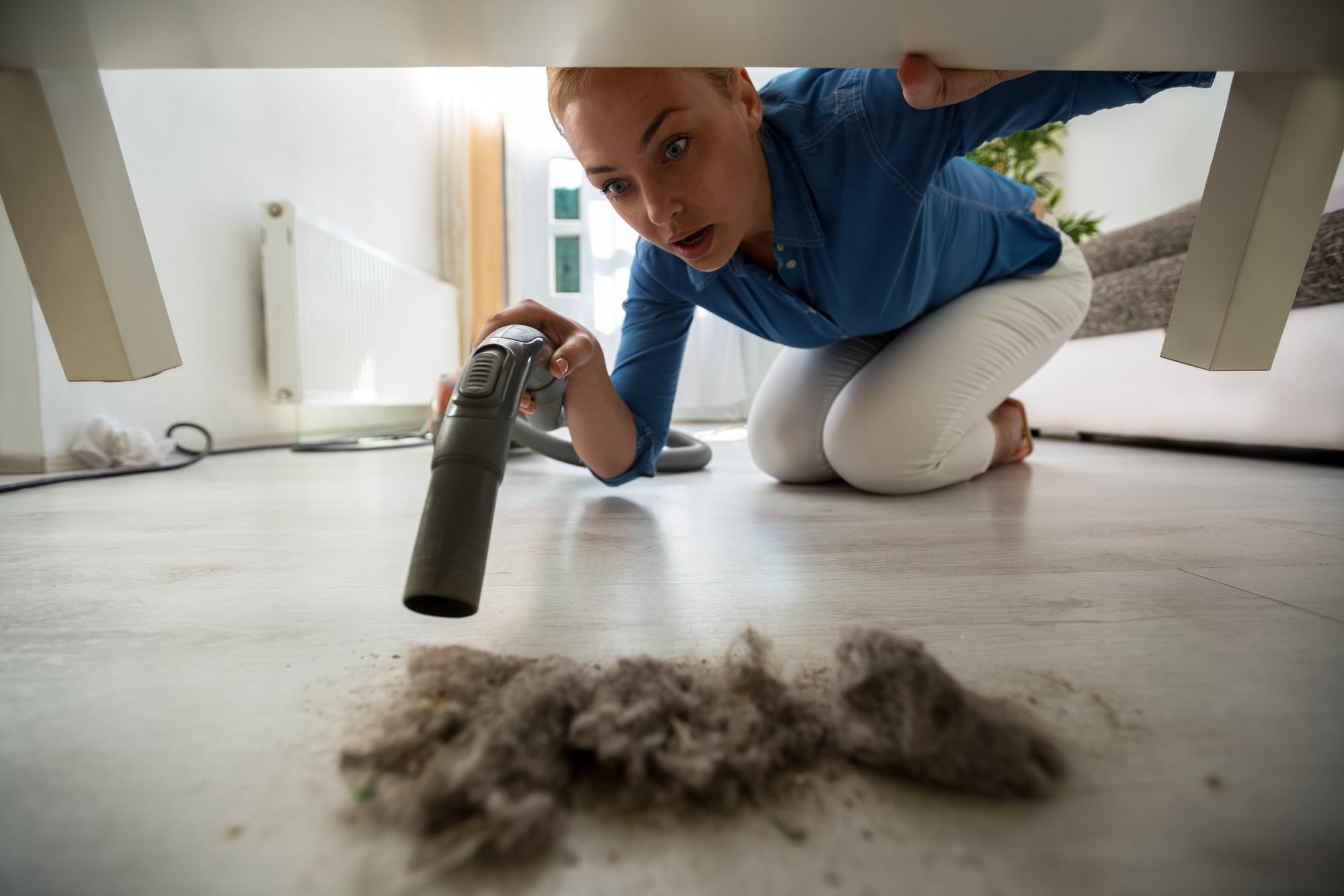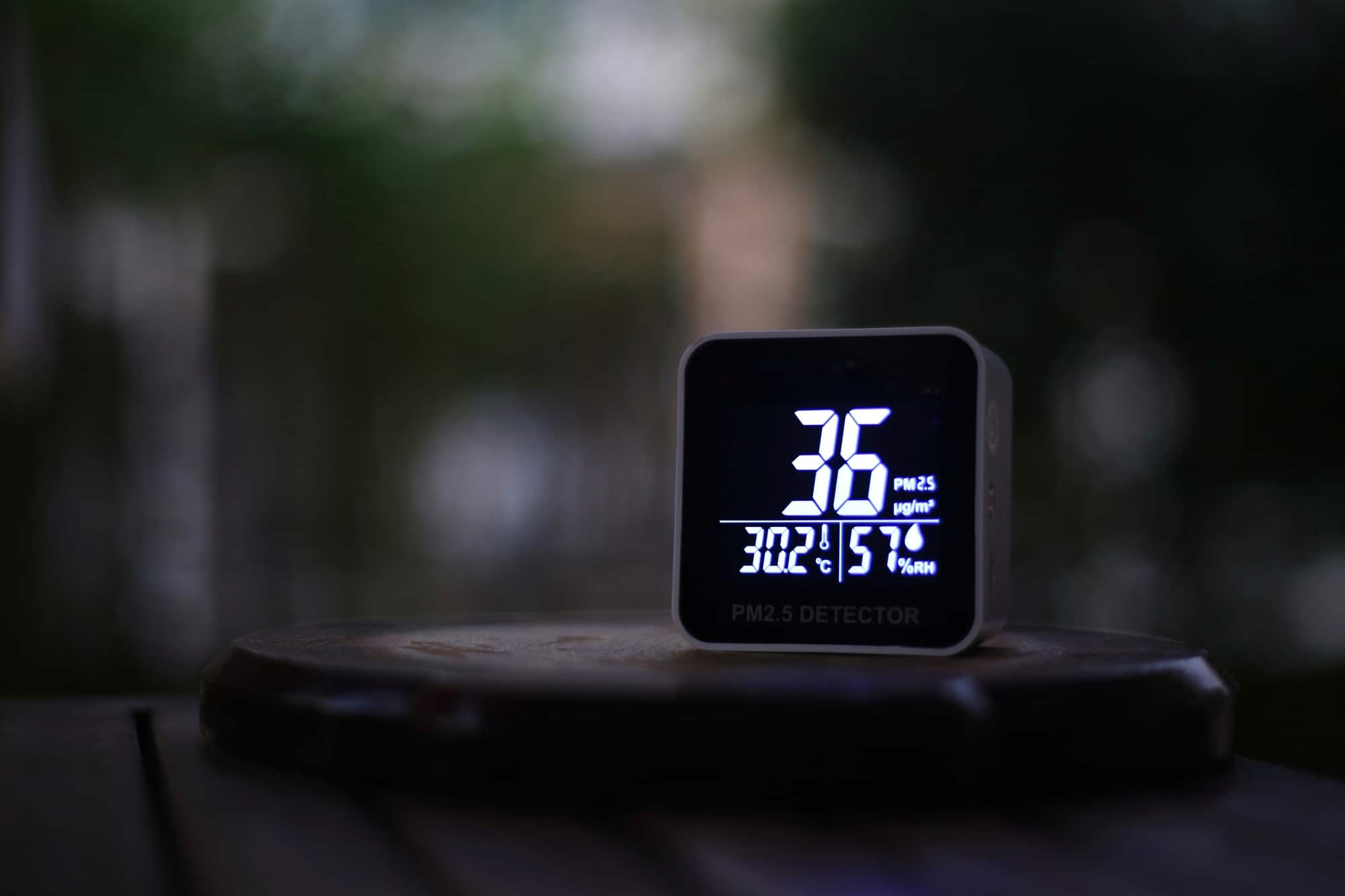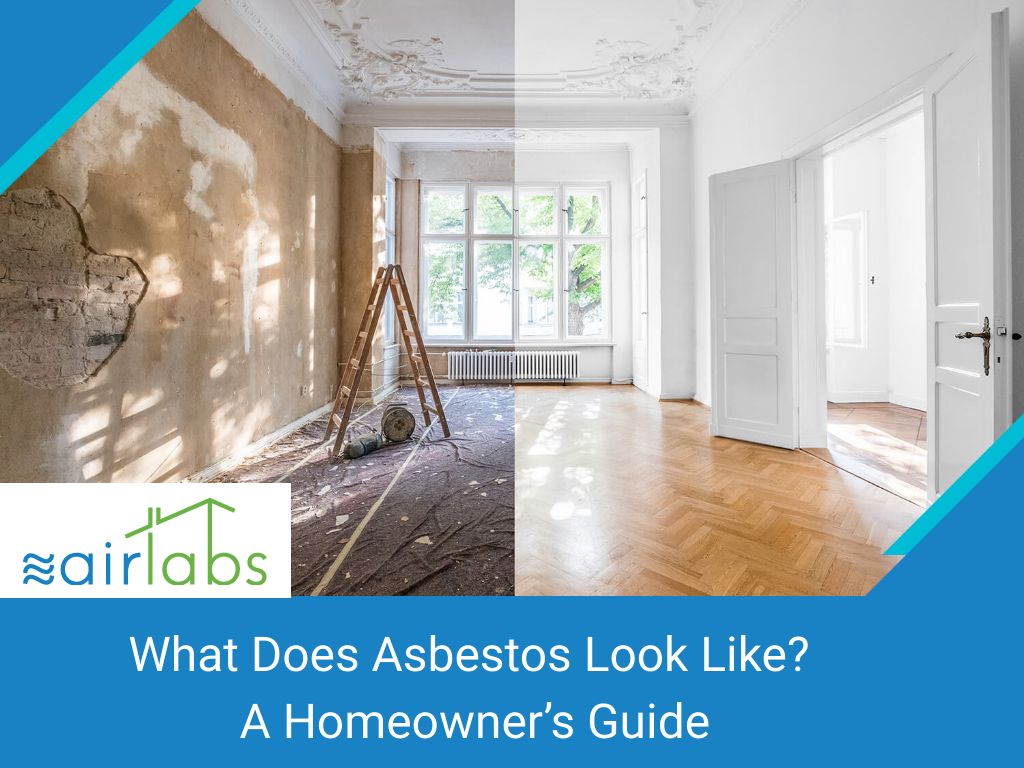6 Reasons to Consider Indoor Air Quality Testing

Did you know that the air inside a house is more polluted than outside? It’s true. Indoor pollutants flow freely in our homes and office spaces every single day. These pollutants come from several different sources, among them cleaning products, air fresheners, cooking, tobacco smoke, and furniture.
Indoor air pollution is much worse than outdoor air contamination because contained areas are more susceptible to pollutant build-up. This build-up can cause significant health problems and is a proven primary source of skin damage. The toxins in the air can cause the skin to age prematurely, especially on the hands, neck, and face.
Why should you consider indoor air quality testing in Montreal West? Here are six reasons air quality testing will help you breathe easier:
What’s in Your Air?
Combustion Gases from combustion are the leading sources of indoor air pollution on a global basis. We are talking about stoves, fireplaces, space heaters, furnaces, and tobacco smoke. Top pollutants released by combustion appliances include nitrogen dioxide (NO2) and carbon monoxide (CO). Below are some ways these chemicals damage your health:
- CO can induce headaches, nausea, confusion, unconsciousness, and death. Because it’s colourless and odourless, detection is challenging. All residences should install CO alarms near bedrooms and fuel-burning appliances to detect the presence of CO.
- NO2 causes shortness of breath and irritates mucous membranes. When a person experiences long-term exposure to NO2 long-term, the risk of lung infections or emphysema rises significantly.
If you suspect any of these chemicals within your home, it’s time to call in an air quality tester. A building inspection will determine if your environment is free from combustion and improve overall air quality.
Radon
Radon is another colourless and odourless gas. It’s a leading cause of lung cancer, killing thousands each year. While radon dissipates harmlessly outdoors, it also may flow into a building through gaps within the foundation. Eventually, it can lead to toxic concentration levels within basements and lower stories.
You can test your indoor air quality by using a DIY test kit or hiring certified inspectors. A technician can conduct an inspection and testing for radon, among many other indoor air contaminants.
Asbestos
Asbestos occurs naturally in the soil (just like radon). This group of fibrous minerals poses small risks until it makes its way indoors. The material was common in buildings built in the 20th century because of its heat resistance and electrical insulation. Builders unknowingly used it to insulate floors, walls, and roofs.
Unfortunately, asbestos poses severe health risks to occupants. Inhaling these fibres leads to respiratory conditions, including lung cancer and long-term lung scarring.
For this reason, most residences and commercial buildings use alternative building materials. Homeowners of older properties should have a professional perform a building inspection as soon as possible.
Consumer Products

Countless consumer products — from glue, paint, printers, to shower curtains — contain volatile organic compounds (VOCs). Short-term, VOCs can cause health issues like nausea and headaches. Long-term exposure may lead to brain damage and cancer.
VOC levels are substantially higher indoors than they are within outdoor air. The best way to defend yourself against these compounds is to use products that contain VOCs sparingly and use them outdoors, if possible. Keep fumes from accumulating and ventilate the area with fans and windows.
VOCs are yet another reason indoor air quality testing is necessary.
Mold and Mildew
Mold and mildew are two of the most notorious indoor air pollutants. Outbreaks occur within humid, warm conditions. Common scenarios like water damage left unattended can also lead to mold or mildew.
These conditions often begin in areas like the bathroom or basements. With enough moisture, they can spread to other places and cause air quality problems.
Health effects caused by these pollutants include nose stuffiness, skin irritation, wheezing, and for children, these pollutants can cause asthma. The best way to keep your family safe is a mold inspection.
Dust Mites & Roaches

Many residences and commercial buildings have plagues of dust mites, cockroaches, and other critters. These creatures leave trails of feces and body parts, which contributes to indoor air pollution.
The fumes from rodent droppings and urine can cause breathing problems and allergic reactions. Children and older people are most at risk, especially within confined areas. Regular sightings of critters like roaches or rats are a clear indication of an infestation—and the need for air sampling.
What Are the Symptoms of Poor Air Quality?
You can determine whether your air quality is poor, even without an inspection. If your air is chockful of contaminants, you may exhibit one or more of the following symptoms:
- Worsening asthma
- Dryness and irritation of eyes, throat, skin, and nose
- Headaches
- Shortness of breath
- Fatigue
- Sinus congestion
- Dizziness
- Allergies
If you notice any of the above, it’s time to schedule an appointment for home air quality testing.
How Do You Test the Air Quality in Your Home?
Indoor air quality testing will ensure everyone living in your household is safe. The process of testing the air quality goes as follows:
- Purchase an air quality monitor
- Perform inspection for signs of mold (musty odors, growing black spots, damp areas indoors)
- Install carbon monoxide detectors
While you can test the air quality in yourself, it’s sometimes best to hire professionals. Experts can perform an inspection, test your air, and offer an informed recommendation. Our team at Air Labs in Montreal, Quebec will provide a detailed air sampling report and a cost-effective indoor air quality solution.
How Can I Test the Air in My House for Mold?

A mold testing kit can cost anywhere from $20 to $45. The process takes a few days. If the test detects mold spores in the air, you can send the testing materials to a lab to determine the type of mold present.
How Much Is an Indoor Home Air Quality Test?
The cost of indoor air quality testing services depends on the pollutant type: biological, chemical, and combustion.
Biological pollutants may include dust mites, pollen, or VOCs. Chemical contaminants include lead and radon, while combustion involves CO or NO2. On average, you could pay around $400 for a basic test that covers all types of pollutants. The price varies depending on the size of your home and the extent of your testing.
Get in touch with Air Labs today for a free consultation.
Contact Us
If you suspect air quality issues within your home or office, the best way to know for sure is to contact an indoor air quality testing expert.
We recommend getting thorough home inspection services to ensure your space is free of dangerous air contaminants.
Connect with an Air Labs professional today to learn more!





